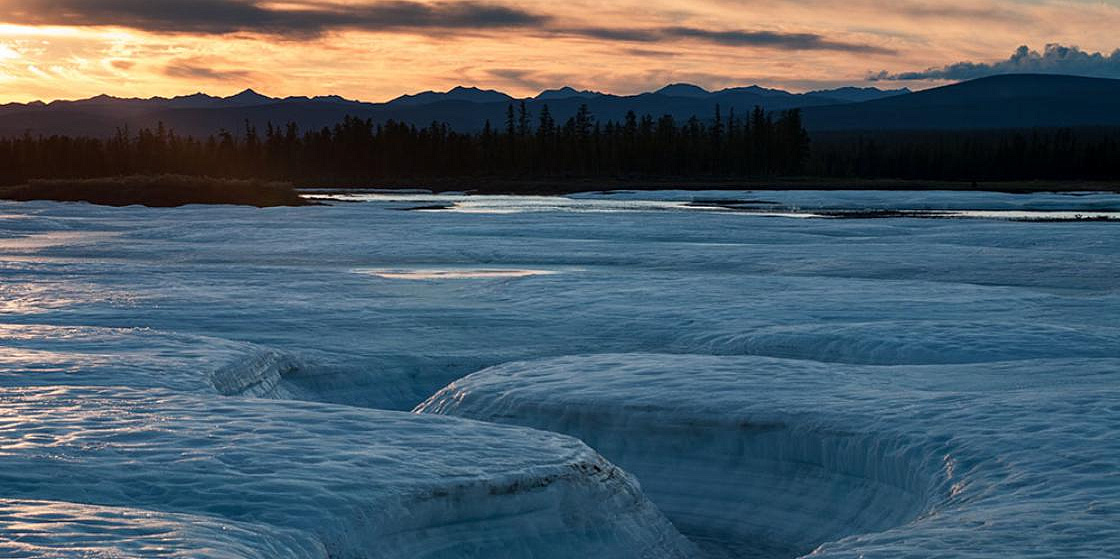
Photo: Karpukhin Sergey
Key Planner Speaks About Challenges and Opportunities in the Russian Arctic
Mikhail Kuznetsov, CEO of the Eastern State Planning Center, a public-owned expert body focused on modeling development scenarios for the Russian Far East and Arctic, gave an interview on major issues and opportunities in the Russian High North. Here is a recap of the key points he made.
- Thawing permafrost is raising growing concern. With average temperatures going up, new risks emerge in the Arctic regions. Such risks may affect housing, railways, gas pipelines etc. If nothing is done to address the issue, by 2050 Russia is estimated to lose about 5 trillion rubles (USD 70 billion) due to the damage done to its Arctic infrastructure by climate change, including a loss of housing worth some 0.77 trillion rubles (about USD 11 billion).
- Another challenge facing the Russian Arctic could be ancient microorganisms and bacteria known to be present within the permafrost. Rapidly thawing permafrost in the Arctic has the potential to release such microorganisms, including antibiotic-resistant bacteria and undiscovered viruses, which may eventually become a major public health hazard.
- A warming trend contributes to reshaping the climate in the Arctic, along with giving way to new threats and hazards. Forests are expanding northward into the areas once occupied by tundra -- followed by seasonal wildfires (the second decade of the century saw a 2.5 times increase in the number of wildfires as compared to the previous one), which are now known to affect the Arctic Ocean coastal territories.
- However, new opportunities arise, too. With permafrost thawing, we will have better access to the Arctic resources, as well as new sources of energy. Permafrost houses huge amounts of gas hydrates, which are widely regarded as a fuel of the future.
- Another opportunity is related to opening up of the Northern Sea Route (NSR). It is believed to help move goods between Southeast Asia and Europe 40% faster.
- The NSR is mainly used to transport oil and gas. This will be true for the coming decades irrespective of the global efforts to switch to renewables, with LNG being a transition fuel towards climate neutrality.
- In turn, as a transit route, the NSR is currently responsible for transporting just about a million metric tons per year. There are estimates that this amount may grow up to 30 million tons per year provided that certain prerequisites are met, such as making the NSR navigable all year round, producing more ice-resistant ships, and establishing long-term partnerships with major traders on both ends of the lane. These tasks are expected to be performed by a cargo company to be set up under the Russian Arctic Strategy.
- To better manage the NSR, its digital double has been created. It is used for economic and logistical forecasting, as well as calculating the cost-effectiveness of new projects to be launched in the Russian Arctic.
- A digital double will be designed for the so-called Northern Supply Haul, i.e. the annual supply operation for the Russian High North. At present, there is a test basic model applicable to the Yakut Republic; a digital double for the supply chain of the Russian Arctic as a whole is expected to be ready by early 2022.
8 November 2021




